SPATHIPHYLLUM PABLO
$1.78
Spathiphyllum Sweet Pablo, also known as the Peace Lily, is a stunning indoor plant that produces large white, paddle-shaped flowers with a yellow spike centre that sit high above the compact, glossy foliage. Spathiphyllum Sweet Pablo can grow to a height and width of of appriximately 50 centimetres.
Out of stock
ABOUT OF SPATHIPHYLLUM PABLO
Spathiphyllum Sweet Pablo, also known as the Peace Lily, is a stunning indoor plant that produces large white, paddle-shaped flowers with a yellow spike centre that sit high above the compact, glossy foliage. Spathiphyllum Sweet Pablo can grow to a height and width of of appriximately 50 centimetres.
A lush evergreen indoor plant with vivid green leaves and long-lasting white flowers. Ideal for growing in pots and containers for balconies and terraces and as a statement piece on table tops or sideboards. A fabulous living gift when planted in a decorative pot.
CARE AND PLANTING OF SPATHIPHYLLUM PABLO
Temperature:
Regular house temperatures to slightly on the warm side. Avoid hot or cold drafts.
Light:
While Spathiphyllum will tolerate very low light, without some brightness from a window or a lamp, they are unlikely to bloom much, if at all. They can tolerate anything except direct, and bloom more the more light they receive.
Water:
Ideally, keep the soil evenly moist (not wet!) Otherwise water thoroughly when the soil just becomes dry but do not let the plant sit in water. Avoid allowing the plant to wilt (although Spathiphyllum will recover amazingly from wilting very badly, you’re likely to see a lot of yellow leaves as a consequence if it happens too often.) Like low light, Spathiphyllum will survive low water levels, but will never thrive as well as when proper watering is followed.
Once in a while, put the plant in the shower and water the leaves to wash off any accumulated dust.
Repotting:
Spathiphyllum tends to bloom better when slightly pot-bound. Repot when it’s difficult to keep the plant watered enough.
Problems:
Plant never flowers-check that the plant is receiving enough light, water, and occasional fertilizer, and is slightly root bound in the pot.
Plant is constantly droopy-If it doesn’t perk back up after being watered, it may have a root disease from being over-watered. Repot in fresh soil and a clean new pot, removing all black/damaged roots. Be careful with watering after repotting.
Leaf tips are brown-Most commonly from being over- or under-watered, less commonly from over-fertilizing. Don’t use too much fertilizer, and don’t fertilize in winter.
Be the first to review “SPATHIPHYLLUM PABLO” Cancel reply
Related products
Uncategorized
Uncategorized
Uncategorized
Uncategorized
Uncategorized
Uncategorized
Uncategorized
Uncategorized

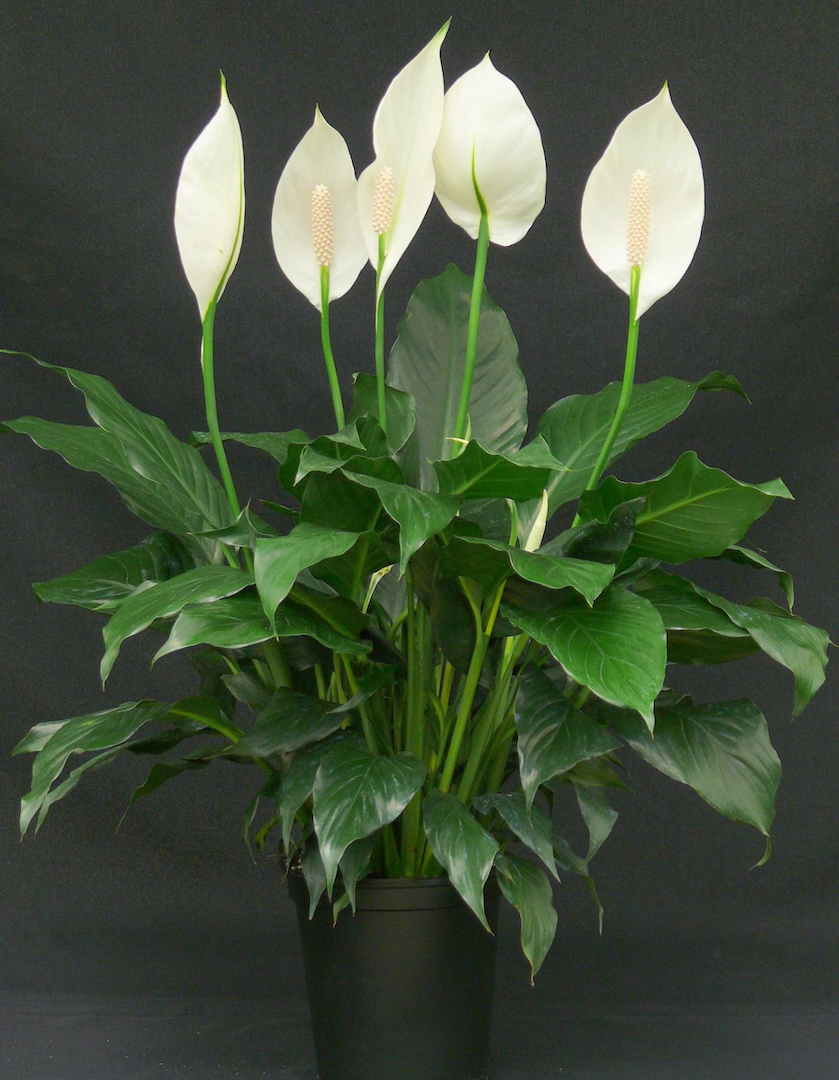
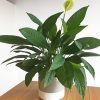
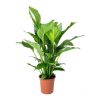
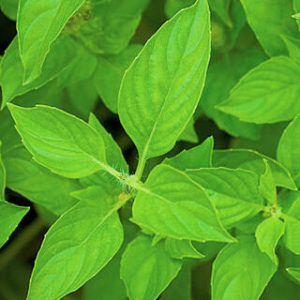
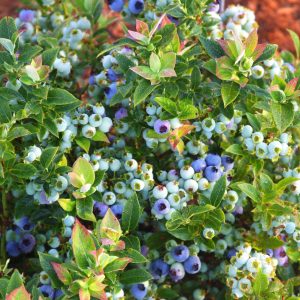
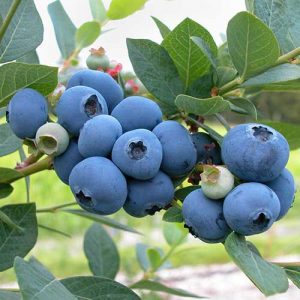
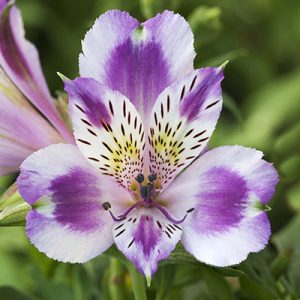
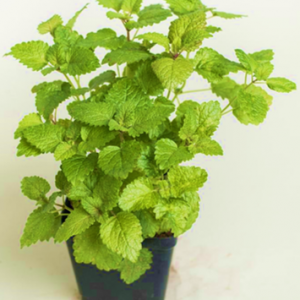
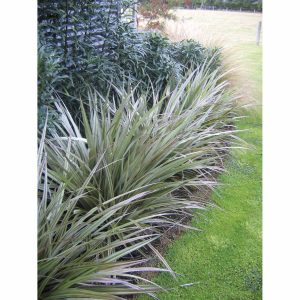
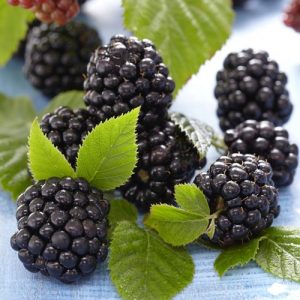

Reviews
There are no reviews yet.